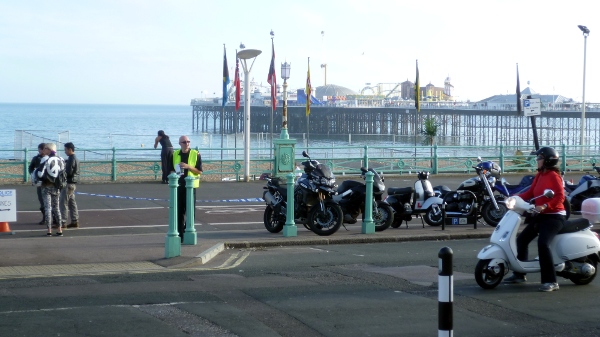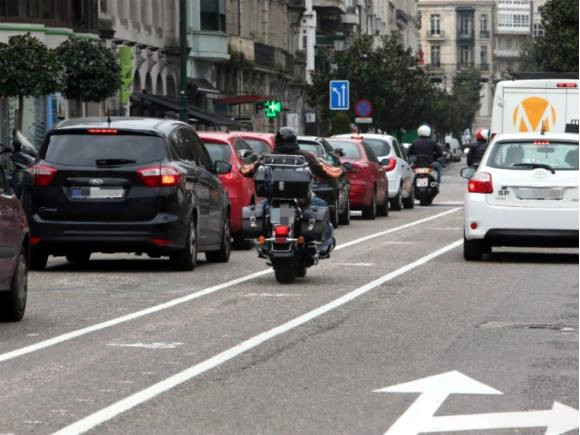City Scope
How motorcycles are welcomed in other countries
John Newman
It must be frustrating in the UK trying to progress and promote motorcycling as an integral part of transport policy, and to raise awareness amongst local authorities as to how a pro-motorcycling approach can assist in easing congestion on roads increasingly crowded with cars and commercial vehicles.
In recent years the Motor Cycle Industry Association (MCIA) has produced two policy documents intended to put forward the case for adopting bike friendly road and transport strategies – 'The Policy Framework for Motorcycling' and 'Realising the Motorcycling Opportunity'
www.mcia.co.uk But this flies in the face of unhelpful and expensive training and testing that was pushed (enthusiastically?) through the EU by civil servants and ministers at UK central government level.
In other cities in other parts of the world, there is more awareness and acknowledgement of the role that powered two wheelers: motorcycles, scooters and mopeds, can play in city transport. And how traffic planning can be implemented to improve conditions for riders.
First to Melbourne...
First to Melbourne, south Australia. Their recently published Motorcycle Plan 2015-2018 has received a good deal of notice for some of the practical measures it outlines. But the most important aspect of this document is the embracing of motorcycles as a way of helping traffic planning and flow, and of its acceptance as part of a wider transport culture.
For example on one of the early pages of the report they state:
“The Motorcycle Plan 2015-2018 aims to make Melbourne safer and more attractive for current and future motorcycle riders. It also aims to integrate motorcycle use with other movement modes as part of the City of Melbourne's Transport Strategy 2012 etc”
Just that statement alone could have activists from MAG and BMF running round to their local authority planning department and brandishing it in front of the transport planners.
Melbourne focuses on the positives
The Melbourne report goes on to outline a whole list of positives, but just a few of these give a flavour of how things can only get better for riders in this part of down under:
* Investigate the benefits of motorcycle use
* Increase participation in motorcycling
* Make motorcycling safer
* Make motorcyclists feel welcomed and supported through safe and comfortable roads, and through on street and off street parking
* Increase safety of motorcyclists through a supportive road environment
We could go on, but this gives a good indication of how this particular motorcycle Utopia might work.
On to Spain
Now to Europe: the town of Vigo in north west Spain, where they have created dedicated motorcycle lanes between the cars to make progress swifter and safer – making it less likely that cars will suddenly turn right or left and collide with bikes, as can happen when filtering.
They are the first city in Spain to introduce this measure, and it will go alongside improved parking provision in the city too. The Mayor, Abel Caballero, has put forward in his re-election manifesto the elimination of taxes for motorcycles of less than 125cc, and a reduction of fifty per cent for other bikes. He's also quoted as saying “We want the public transort to operate mainly around bikes”, so that congestion and polution is reduced. We'd all vote for that.
Vigo has been voted the most motorcycle friendly city in the country by the riders rights organisation Asociacion Mutua Motera.
There are many negative cultural perceptions to overcome in the UK as a whole as far as motorcycling is concerned, but with positive practical policies in other cities as examples it's just possible that those who campaign and lobby on our behalf will be able to influence traffic planning changes in the future.
Any thoughts on this story? Email us at
[email protected]

